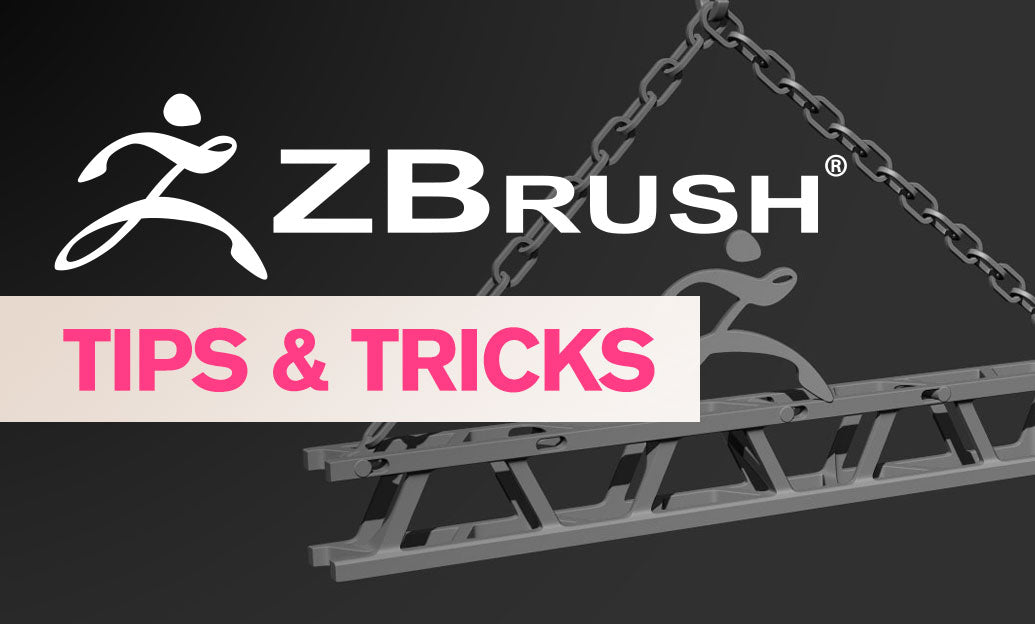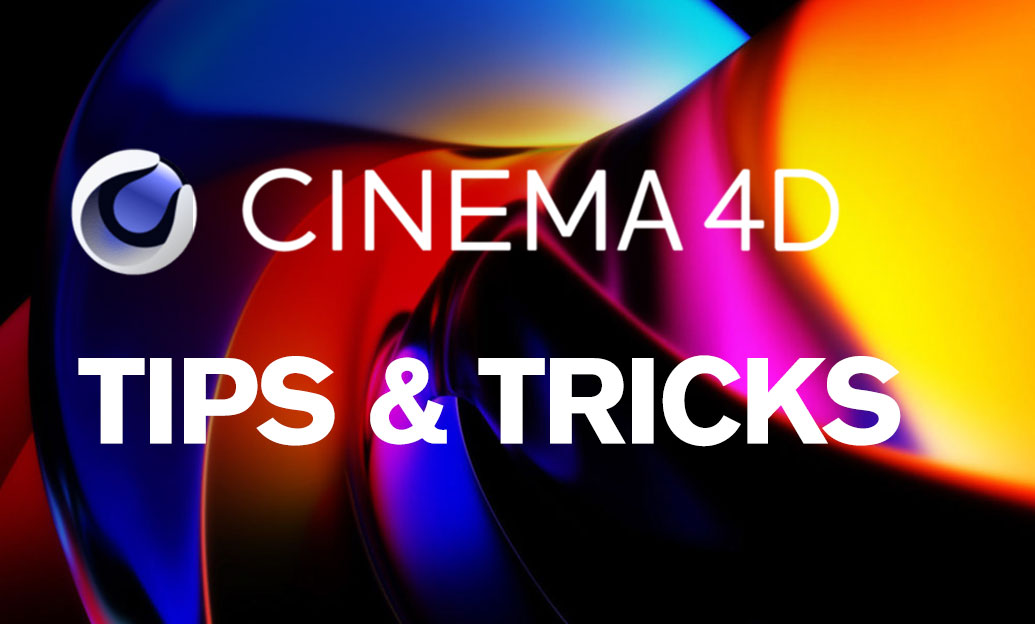Your Cart is Empty
Customer Testimonials
-
"Great customer service. The folks at Novedge were super helpful in navigating a somewhat complicated order including software upgrades and serial numbers in various stages of inactivity. They were friendly and helpful throughout the process.."
Ruben Ruckmark
"Quick & very helpful. We have been using Novedge for years and are very happy with their quick service when we need to make a purchase and excellent support resolving any issues."
Will Woodson
"Scott is the best. He reminds me about subscriptions dates, guides me in the correct direction for updates. He always responds promptly to me. He is literally the reason I continue to work with Novedge and will do so in the future."
Edward Mchugh
"Calvin Lok is “the man”. After my purchase of Sketchup 2021, he called me and provided step-by-step instructions to ease me through difficulties I was having with the setup of my new software."
Mike Borzage
ZBrush Tip: Mastering Photorealism Techniques in ZBrush
May 04, 2024 2 min read

Achieving Photorealism in ZBrush
Photorealism in ZBrush is a sought-after skill for artists looking to create lifelike characters, props, or environments. As ZBrush offers a rich set of tools for this task, understanding how to effectively use them is crucial. Here are some tips to help you achieve photorealism in your ZBrush projects:
- Reference Images: Begin with high-quality reference images. Use NOVEDGE to find resources for images that provide details on texture, lighting, and form.
- Subdivision and Detailing: Start with a low subdivision level to get the basic forms right. As you progress, increase the subdivision levels to add finer details and textures.
- Surface Noise: Utilize ZBrush's Surface Noise feature to add micro-surface details that contribute to the realism of materials like skin, fabric, and metal.
- Polypaint: For lifelike colors and variations, use Polypaint. Paint from general to specific, building up layers of color and detail.
- FiberMesh: For realistic hair and fur, use FiberMesh. Adjust the settings to mimic the natural flow and density of hair.
- Realistic Eyes: Eyes are the windows to the soul and a key component in photorealistic characters. Pay close attention to the iris detail, the sclera's coloration, and the reflective qualities of the cornea.
- HD Geometry: To add ultra-high-resolution details that do not compromise your base mesh, consider using HD Geometry. This allows for intricate surface detail without slowing down your workflow.
- SSS (Subsurface Scattering): For realistic skin, subsurface scattering is essential. Use SSS in ZBrush's rendering settings to simulate the way light scatters inside translucent materials like skin.
- Lighting and Rendering: Use ZBrush's BPR rendering system to set up a realistic lighting scenario that mimics real-world lighting conditions. This includes using HDRI images for environmental reflection and light sources.
- Material Properties: Spend time fine-tuning the material properties in ZBrush. Adjust the specular, diffuse, and ambient properties to mimic the way different materials interact with light.
Applying these tips with patience and attention to detail will greatly enhance the photorealism of your ZBrush projects. Always remember to step back and evaluate your work from a fresh perspective or seek feedback from peers to ensure the highest quality result. For professional tools and resources, NOVEDGE is an excellent source for ZBrush and other 3D software.
You can find all the ZBrush products on the NOVEDGE web site at this page.
Also in Design News

Cinema 4D Tip: Enhancing VR and AR Experiences with Optimized Cinema 4D Workflows
May 18, 2024 2 min read
Read More
Leveraging Social Media for Advanced Design Visualization and Presentation Techniques
May 18, 2024 3 min read
Read MoreSubscribe
Sign up to get the latest on sales, new releases and more …



